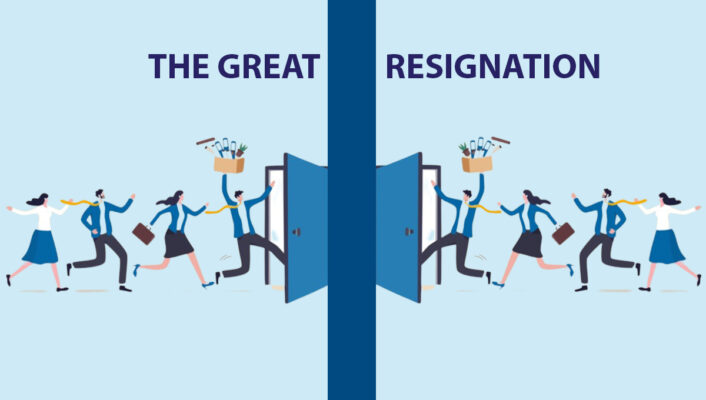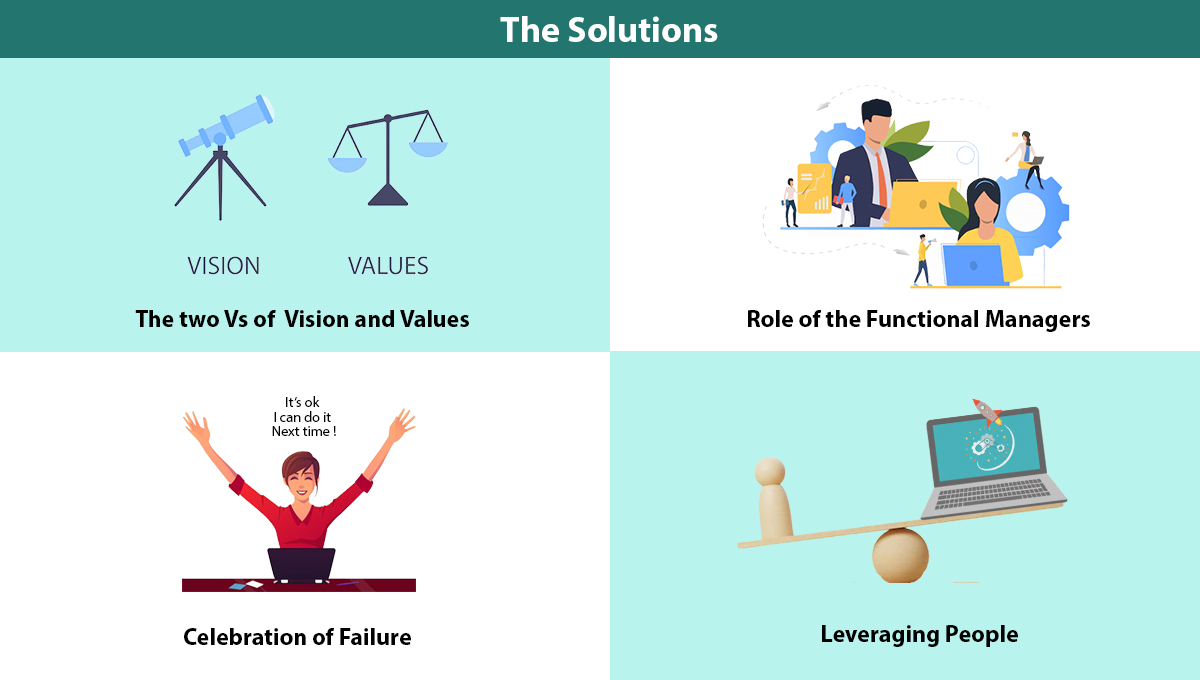
There are Eureka moments in everyone’s professional journey. Moments when all external noise is drowned out, and a seemingly complex and multi-dimensional problem unravels itself into a simple and solvable issue. And you ask yourself the question – Is the problem as complex as it seems. At DefineRight, we call it the WonderMoment.
The Wonder Moment

Having built teams and spent years in the people management role, I have been naturally curious about #TheGreatResignation. Every successive quarter of the IT Majors is talking about record-high attrition, followed by record-high hiring numbers. The war for talent is real, and so is the demand-supply gap. Every fellow professional that I have interacted with is talking about giving interim hikes and promotions to control attrition, but the numbers continue to tell a different story. The default response of most Managers is to match the offer of an existing employee, and often, this exacerbates the problem. This creates inequality between the salary levels of existing employees and between new joiners and existing employees, with the former joining at much higher salaries. All these factors will make the graph steeper with Covid-related restrictions relaxing and the new debate between WFO, WFH, or Hybrid Working models.
I sincerely believe that we are trying to solve a new age problem with obsolete methods, and obviously, they are not working.
Recently, I was hiring an intern and observed two major trends in the applicants’ pool, and this was my WonderMoment.
- About half the applicants were born post-2000, and they were looking for voluntary internships.
- Most of these applicants already had one or more internship experiences along with volunteer work on chosen causes.
The New-Gen Thought Process

What it tells us is this generation is serious about what they do professionally, and they are proactively building their resume and, consequently, their careers. They are not looking for instant gratification as has been led to believe but for a culture of constant learning and development. They are looking for mentors and organizations who encourage that culture of constant learning and believe in similar causes as them and who understand and appreciate their natural curiosity, have tolerance for failure, and who can guide and channel this intrinsic energy toward a common goal. In a nutshell, they are looking to be taken seriously and not measured with traditional approaches toward performance appraisal.
When I compared this with my own journey and most of my compatriots, the differences were stark. We took the traditional route to career planning – Schooling, Graduation, Post-Graduation, and then a stable Job. There was limited industry interaction, almost nil volunteer internships, and career planning was more opportunistic than strategic.
The Changed Stakeholder Expectations and Challenges for the Recruitment Team
The persona of the knowledge worker has changed considerably, and as an industry, we have failed to truly acknowledge this shift, and that’s what core of the issue. A big chunk of responsibility lies with the recruitment teams as they have often failed to upskill themselves, and most do not understand the business. With business, I refer to the changed stakeholder expectations (clients and hiring managers), revenue generation model, changes in technology, and most importantly, what the project teams (revenue centers) do on a day-to-day basis.
They continue to try to hire using the keyword search model. By following this approach, the overall experience for a prospective employee becomes transactional, and he/she joins the company with the best remuneration for quick gains, even though sometimes the role fitment is not in their long-term interest. In the current scenario, wherein everyone is competing for talent, it is imperative that leadership teams at organizations consider recruitment as a strategic priority and not a tactical activity, as has happened till now.
The Solution Revolves Around Vision and Values

I believe that the solution is simpler than what we are making it out to be and can be rolled out as under –
- The Two Vs. of Vision and Values – At no time in history are the vision and values of the organization been more important to attract quality talent. However, they cannot be just words on the posters but must be truly imbibed and demonstrated by the leadership and percolated to all levels. It is not a one-time endeavor but a continuous process of assimilation for new joiners and reiteration for the existing employees. While the modern enterprise is bound to pivot its business model based on market dynamics, it’s the overall vision and values which are the anchor points for a serious enterprise.
- Role of the Functional Managers – Contrary to popular belief, it is not the HR Team but the Functional Managers who are the first and the only line of defense against attrition for organizations. They must be empowered to run their teams as a small cohesive unit and, before that, coached and trained on specifics through targeted training. The smaller the size of the team, the better the relatedness and integration of the employees. For this to have a positive effect, it is important that clear expectation setting is done with the Functional Managers and there is a continuous training and feedback loop to improve their performance. One without the other won’t cut ice.
- Celebration of Failure – Prospective employees nowadays are curious about the culture of the company and especially about learning opportunities that enable them to work on personal interest projects. Learning and Development are no longer about assigning courses on your Learning Management System (LMS) and getting certified. These personal interest projects can range from new technologies to process improvement. Employees are looking to apply their knowledge to real-world problems and see the impact created. Not all such projects will be successful. But organizations which can celebrate the misses equally as the hits will be able to attract and retain the best talent. In short, a culture that discourages failure can never enable learning.
- Leveraging People – There is a lot of buzz around Digital Transformation, especially after the established business models got disrupted due to Covid. Survey after survey talks about how the leadership is finally convinced about the value potential of Digital Transformation. The industry seems to be in a rush to implement digital transformation initiatives. Some of them are implementing them too fast, too soon. Based on existing data, it is also a fact that most of Digital Transformation projects fail or will fail. In my opinion, these failures are a result of ignoring the most important factor – People. No transformation can be successful without the buy-in of people across levels. Without engaging with people in advance and communicating to them the benefits, and allowing them to share concerns, the chances of successful transformations are remote. Another pitfall of not getting the buy-in of people is the erosion of culture and mutual trust between various stakeholders, and that leads to the path of Transactional Relationships.
The above steps are co-related, and a company’s success or failure in retaining and attracting talent will be dependent on the cohesiveness of the above in its strategy.
